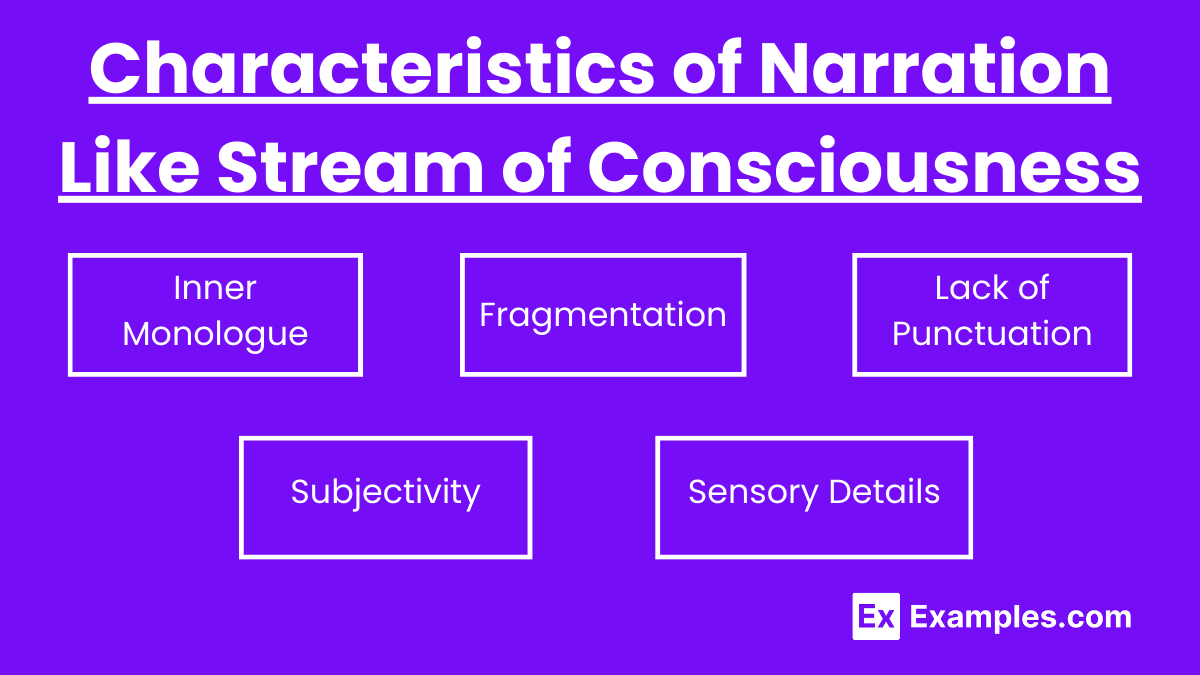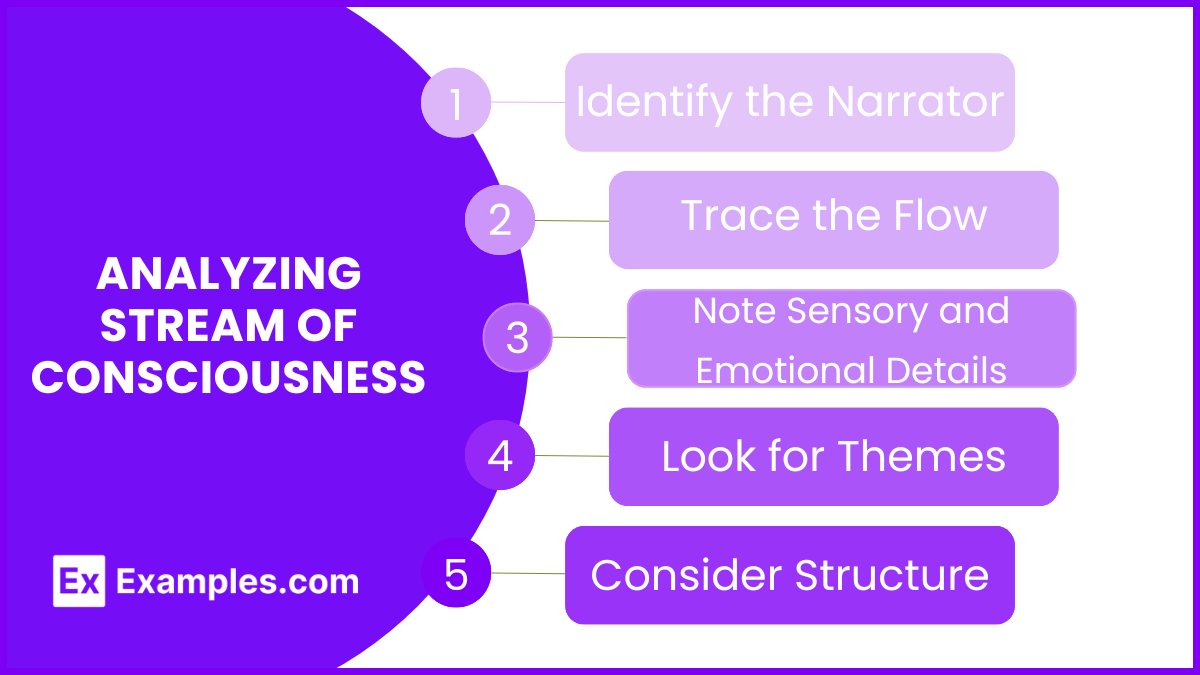In AP English Language and Composition, understanding various types of narration is crucial for analyzing and interpreting texts effectively. One such technique, stream of consciousness, offers a deep dive into a character’s psyche, presenting their innermost thoughts in a continuous flow. This method often eschews traditional rhetorical sentences and cumulative sentences, favoring instead a fragmented, non-linear style that mirrors natural thought processes. By mastering this narrative style, students enhance their skills in both argumentative speech and argumentative writing, as it allows them to craft compelling, nuanced arguments that reflect the complexities of human consciousness and experience.
Learning Objectives
In studying stream of consciousness for AP English Language and Composition, students will achieve several key learning objectives. They will learn to identify and construct cumulative sentences that effectively build detail and complexity in their writing. They will enhance their ability to craft both explanatory essays and expository essays, using rhetorical sentences to convey intricate ideas clearly and persuasively. Through critical analysis of texts employing stream of consciousness, students will develop critical thinking skills, allowing them to formulate a coherent and insightful final thesis statement. This deep understanding will enrich their ability to analyze and produce sophisticated argumentative writing.
Definition
Stream of consciousness is a narrative technique that attempts to capture the flow of thoughts and feelings that pass through the mind. It often involves long, continuous passages that reflect the character’s mental state and inner experiences.
Characteristics

- Inner Monologue: This technique focuses on the character’s inner dialogue rather than their external actions or spoken words.
- Fragmentation: Thoughts are often fragmented and non-linear, mirroring the natural flow of a character’s consciousness.
- Lack of Punctuation: There may be minimal punctuation, reflecting the free flow of thoughts.
- Subjectivity: The narrative is highly subjective, providing an intimate glimpse into the character’s psyche.
- Sensory Details: Descriptions are rich in sensory details, capturing the character’s perceptions and feelings.
Purpose

- Deep Characterization: Provides insight into a character’s thoughts, emotions, and motivations.
- Psychological Realism: Creates a more realistic portrayal of human thought processes.
- Engagement: Engages readers by making them privy to the most private and immediate thoughts of a character.
Examples in Literature
- James Joyce’s “Ulysses”: Follows Leopold Bloom’s thoughts throughout a single day.
- Virginia Woolf’s “Mrs. Dalloway”: Depicts the inner thoughts of Clarissa Dalloway and other characters.
- William Faulkner’s “The Sound and the Fury”: Uses stream of consciousness to delve into the minds of the Compson family members.
Analyzing Stream of Consciousness

- Identify the Narrator: Determine whose thoughts are being presented.
- Trace the Flow: Follow the progression of thoughts and how they shift and connect.
- Note Sensory and Emotional Details: Pay attention to sensory details and emotions that provide context to the character’s state of mind.
- Look for Themes: Identify recurring themes or motifs that emerge from the character’s thoughts.
- Consider Structure: Analyze how the structure and style of the writing contribute to the overall narrative.
Writing Techniques
- Interior Monologue: Writing as if directly from the character’s mind, with little to no intervention from the narrator.
- Free Indirect Discourse: Blending the character’s thoughts with the third-person narration.
- Associative Logic: Using associations between thoughts rather than logical connections.
Rhetorical Analysis
- Style: Examine the use of language, including syntax, diction, and punctuation, and how they reflect the character’s mental state.
- Tone: Consider the tone and how it conveys the character’s emotions and attitudes.
- Imagery: Analyze the imagery used to depict the character’s thoughts and how it enhances the narrative.
Critical Thinking
- Interpretation: Interpret the character’s thoughts and how they contribute to the understanding of the narrative.
- Connection to Themes: Connect the stream of consciousness passages to the broader themes and messages of the work.
- Comparative Analysis: Compare the use of stream of consciousness across different works and authors.
Key Terms
- Narrative Technique: The methods that writers use to tell their stories.
- Psychological Realism: A literary genre that focuses on the interior lives of characters.
- Interior Monologue: A piece of writing expressing a character’s inner thoughts.
- Free Indirect Discourse: A method of presenting a character’s voice partly mediated by the narrator.
- Associative Logic: A non-linear, free-form progression of thoughts connected by associations.


